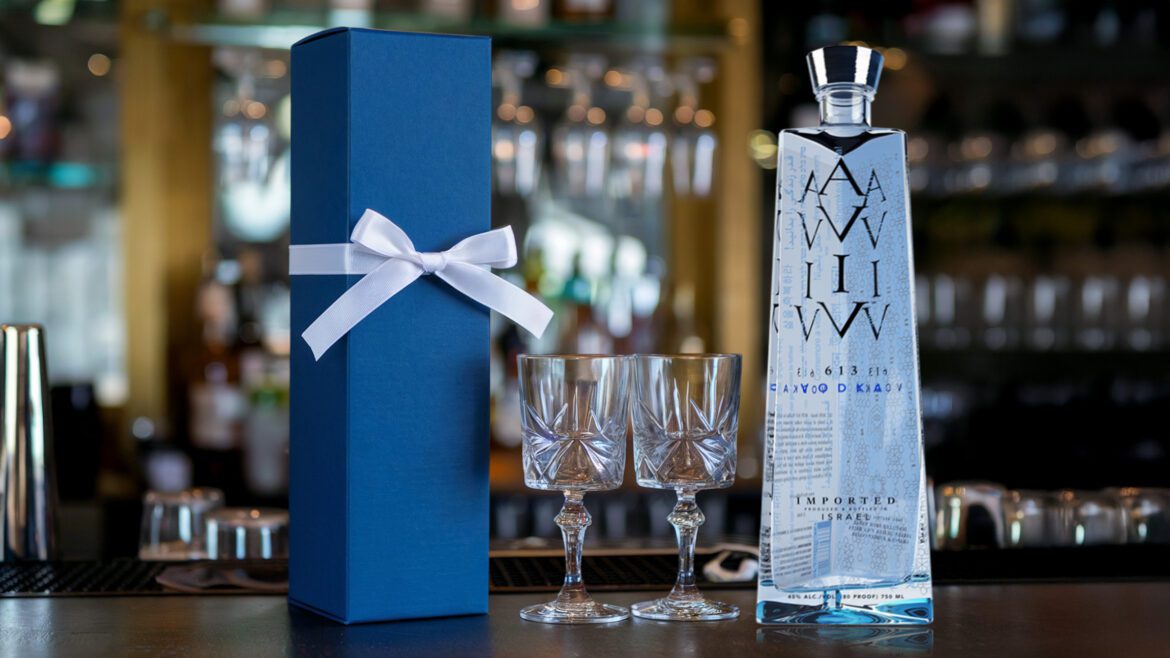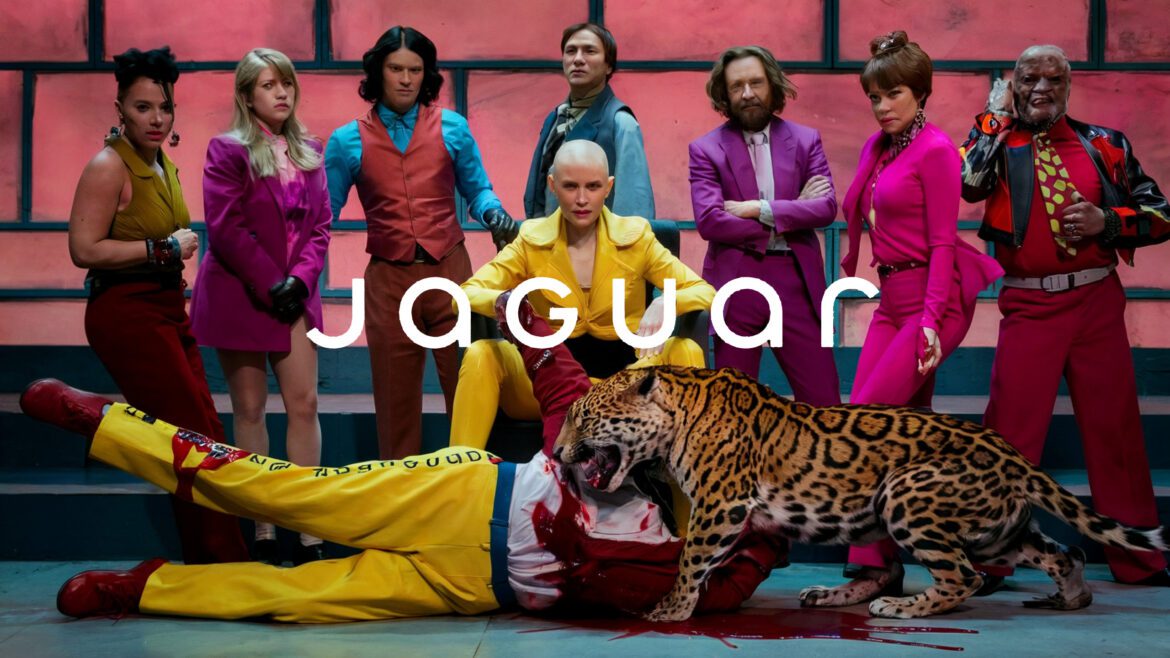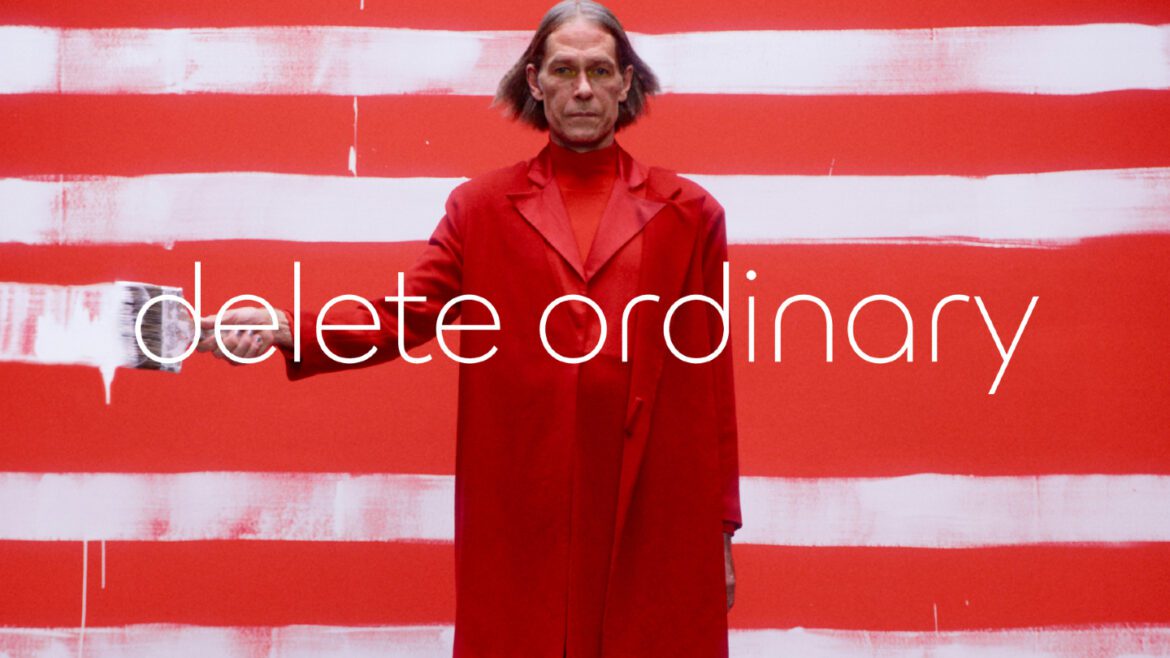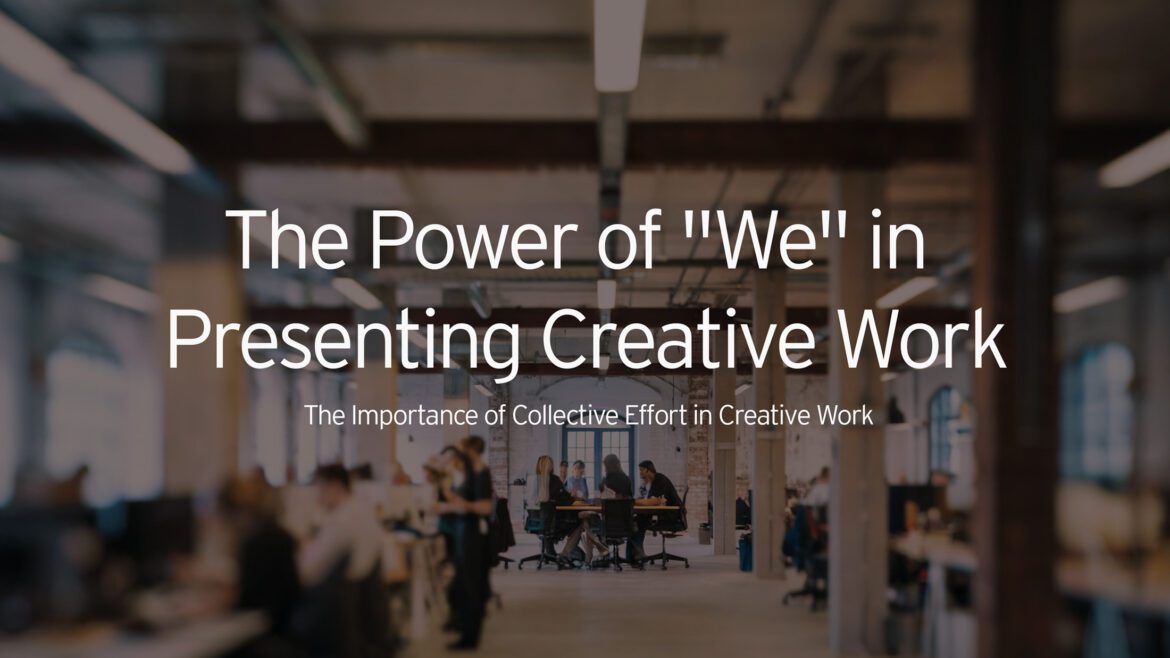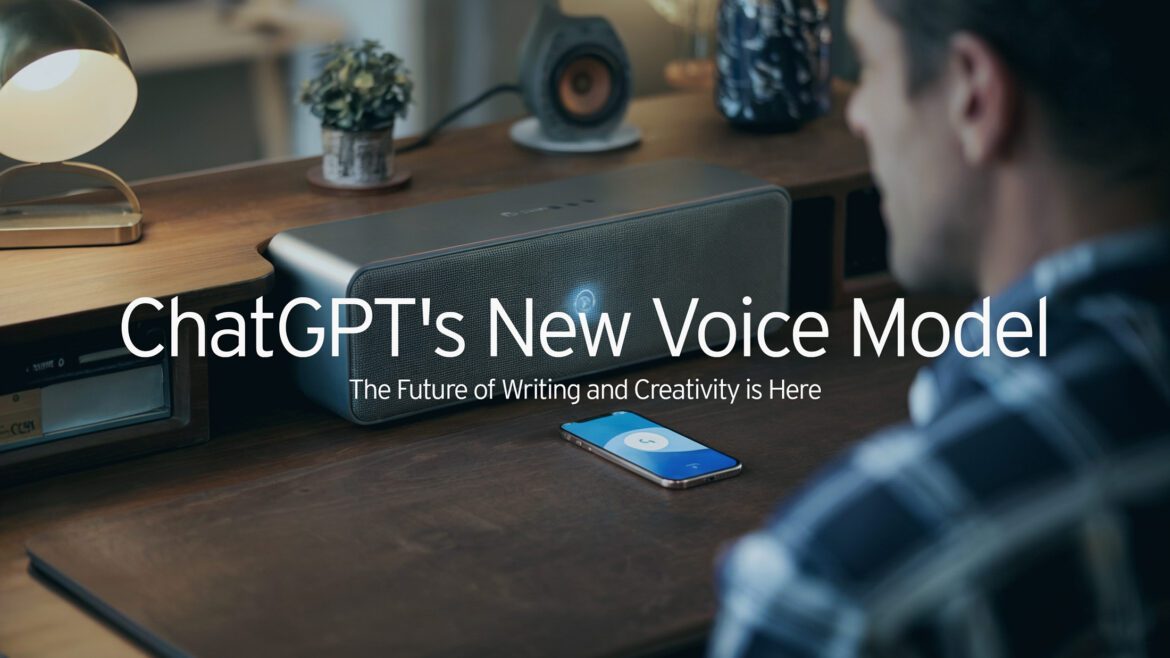Why I Love Conspiracy Theories (Even If I Don’t Believe Them)
https://www.kraabel.net/wp-content/uploads/2024/11/a-photo-of-a-deep-sea-alien-creature-with-a-transl-oYe_F8Q8S5iem4PrUAavOg-zet-D3esQOWuyc_83Ah0tA-1024x576.png 1024 576 Michael Kraabel Michael Kraabel https://www.kraabel.net/wp-content/uploads/2024/11/a-photo-of-a-deep-sea-alien-creature-with-a-transl-oYe_F8Q8S5iem4PrUAavOg-zet-D3esQOWuyc_83Ah0tA-1024x576.pngLet me start by saying this: I don’t actually believe most conspiracy theories. That’s not what draws me in. What I find fascinating about them is the sheer creativity—the way they challenge the obvious and spin alternate realities that feel like mental mazes. It’s like looking at the world through a kaleidoscope where every twist…
read more



